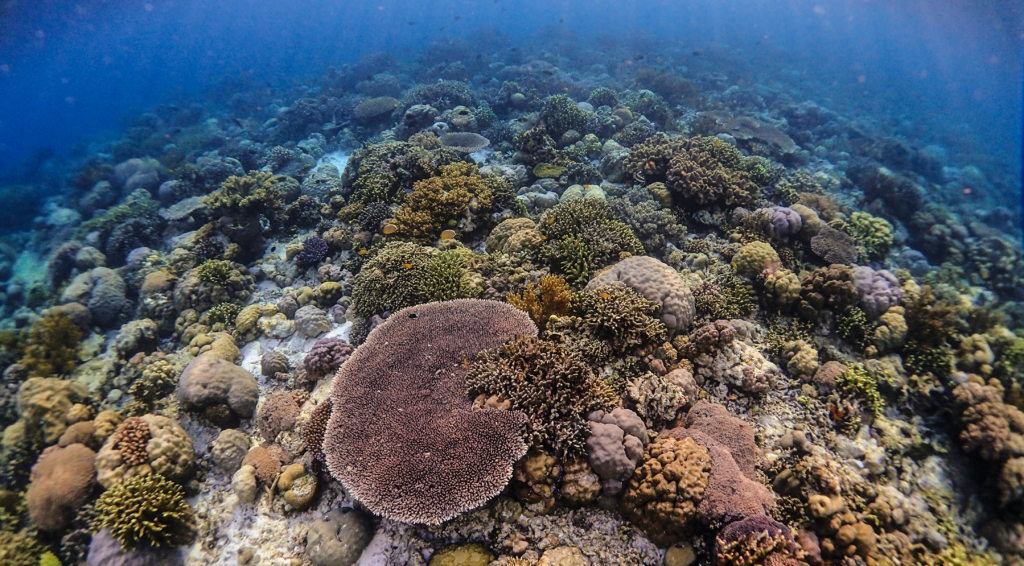
Conservation – protecting nature for people and climate – often implicitly involves the transformation of relationships between people, land, and resources. This can involve new land and resource access, use, and ownership arrangements, as well as the introduction of new value systems and priorities. Conservation efforts play out in different cultural and political contexts and can interact with conflict dynamics in several ways. Different kinds of social and civil conflict and conflict legacies can pose important risks for conservation, and conservation can inadvertently worsen or trigger different kinds of conflict, adversely affecting communities and undermining their own goals. On the other hand, considering the critical role of the environment for livelihood, health, and culture, conservation can support positive peace – where not only violence is absent, but society thrives.
Conservation International (CI) works to secure the health of Earth’s climate, ecosystems, and biodiversity, which is essential to the well-being of all people. For the last ten years, CI has sought to improve its understanding of the relationship between conservation and has pursued conflict sensitivity in support of its commitments to human rights and nature for people – and learned a few lessons along the way:
- Understanding contexts, including local or customary peacebuilding architecture: Thoughtful analyses can help identify the right institutions or structures to engage with for managing or transforming socioenvironmental conflicts. With increasing consideration of Indigenous peoples’ and local communities’ roles and knowledge in managing land and seascapes, this understanding can support the conservation sector in identifying opportunities to strengthen partnerships for durable impact.
- Recognizing socioeconomic or political exclusion: Women, for example, often experience disproportionate negative impacts of conflict, climate change, and environmental degradation. From context analysis to project design and implementation to monitoring & accountability, an intersectional lens can help prevent harm and promote equitable access to benefits. This sensitivity to dynamics at the household, community, and broader societal levels may reveal opportunities to support gender and conflict transformation for improved social or governance outcomes and sustainable peace.
CI has capitalized on these and additional programmatic lessons by positioning conflict sensitivity and environmental peacebuilding as integral to its mission, supported dedicated staff, and engaged diverse champions or partners across the organization and beyond. CI has also learned that some tools deployed in peacebuilding or conflict management can help conservation organizations transform internally, too; while some kinds of conflict can be destructive, attempting to resolve them can shed light on different perspectives and opportunities for positive change. Participants in a pilot program on socioenvironmental conflict management in Brazil noticed: “Conflict can lead to growth, development or learning because it is the ideas within the attempts to resolve conflicts that can bring solutions.”